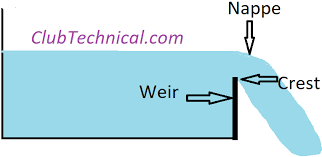History of Indian Railways - Industrial Railways (1832 -1852)
History of Indian Railways - Industrial Railways (1832 -1852)
|
1832 |
Proposal for Railway in India was
first done in Madras. But still, the dream remained on paper. |
|
1835-36 |
An experimented railway line which
was short was constructed at Chintadripet, near Madras. This later became the
Red Hill Railroad. |
|
1873 |
The
country's first train named Red Hill Railway ran from Red Hills to
Chintadripet bridge in Madras. It
was pulled by a rotary steam locomotive engine. The
engine was manufactured by William Avery and built by Engineer Arthur Cotton.
The
Railway was mainly used for transporting granite stone. |
|
1840s |
Several proposals for Railways in
India, mainly around Calcutta (EIR) and Bombay (GIPR). |
|
1844 |
R MacDonald Stephenson's report
was published: "Report upon the Practicability and Advantages of the
Introduction of Railways into British India." |
|
1845 |
A railway was in operation near
Rajahmundry. The Godavari Dam Construction Railway was
built at Dowleswaram in Rajahmundry. It was also built by Arthur Cotton. Supplied
construction material and stone for irrigation works and a dam across the
Godavari. |
|
8 May
1845 |
The Madras Railway was
incorporated, followed by the East India Railway that year. |
|
1 August 1849 |
Great Indian Peninsular Railway
(GIPR) was incorporated by an Act of Parliament. |
|
17 August 1849 |
"Guarantee System" was
finalised for providing free land and a guaranteed five-percent rate of
return to private British companies who were willing to build railways. |
|
1851 |
Locomotive Thomason was used for
construction work in Roorkee that began on 22 December. |
|
1852 |
The Madras Guaranteed Railway
Company was formed. |




👍
ReplyDelete